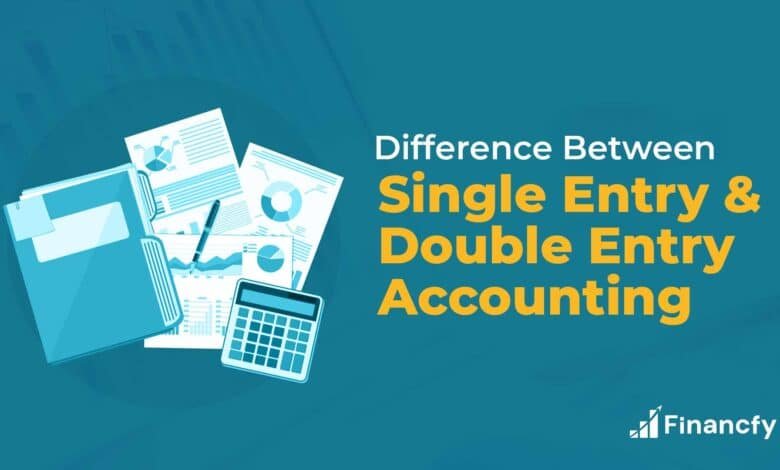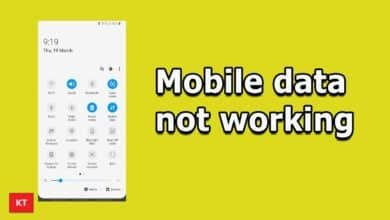What Is Single Entry System?: A Step-by-Step Guide

What Is Single Entry System?: A Step-by-Step Guide In the world of accounting and finance, there are various systems designed to manage financial transactions and keep records organized. One of the simplest and oldest methods is the single entry system. But what exactly is a single entry system, and how does it work? Let’s delve into the details.
Understanding the Single Entry System
The single entry system is an accounting method where each financial transaction is recorded only once. Unlike the double entry system, which records transactions twice—once as a debit and once as a credit—the single entry system keeps it straightforward by documenting each transaction only once, typically in a single ledger or journal.
Key Features of the Single Entry System
- Simplicity: The single entry system is straightforward and easy to understand. This simplicity is one reason it’s popular among small businesses and sole proprietors.
- Single Record: Transactions are recorded only once. For instance, when cash is received, it is recorded in the cash book, but there is no corresponding entry in another book or ledger.
- Limited Information: This system provides limited financial information. It focuses mainly on recording cash transactions and does not capture the complete financial picture, like the double entry system.
- Minimal Documentation: The single entry system requires fewer documents and less detailed record-keeping compared to other systems.
How the Single Entry System Works
To better understand how the single entry system operates, let’s explore a few examples.
Example 1: Recording a Sale
Imagine you run a small retail shop. You make a sale of $100 in cash. In the you would record this transaction in your cash book as follows:
- Date: September 13, 2024
- Description: Sale of goods
- Amount: $100 (credited to cash)
This single entry shows that cash has increased by $100 due to the sale. However, it does not provide information on which inventory items were sold or their costs.
Example 2: Recording an Expense
Suppose you pay $50 for office supplies. In the, this expense would be recorded in your cash book as:
- Date: September 13, 2024
- Description: Office supplies
- Amount: $50 (debited from cash)
This entry shows that your cash balance has decreased by $50, but it does not detail the supplies bought or their purpose.
Advantages of the Single Entry System
- Ease of Use: Its simplicity makes it accessible for those without a formal accounting background. Small business owners can manage their finances without needing extensive accounting knowledge.
- Cost-Effective: Since it requires fewer records and less documentation, the is cost-effective. It’s suitable for businesses with limited budgets for accounting software or services.
- Quick Record-Keeping: Recording transactions is fast and straightforward. This efficiency is beneficial for small businesses with frequent, straightforward transactions.
Disadvantages of the
- Incomplete Financial Picture: The doesn’t provide a complete view of a business’s financial health. It lacks the depth and detail of the double entry system, making it challenging to assess profitability or financial stability accurately.
- Limited Error Detection: Without the double entry system’s balancing mechanism, errors and discrepancies can be harder to detect. This limitation may lead to inaccurate financial records.
- No Trial Balance: The does not allow for the preparation of a trial balance. This absence means there is no straightforward way to verify the accuracy of recorded transactions.
- Not Suitable for Larger Businesses: As businesses grow and their transactions become more complex, the becomes inadequate. Larger businesses require more detailed records and the comprehensive tracking provided by the double entry system.
When to Use the Single Entry System
The single entry system is best suited for:
- Small Businesses: Sole proprietors and small businesses with simple financial transactions often use the because it meets their needs without the complexity of other systems.
- Startups: New businesses in their initial stages may opt for the due to its simplicity and ease of setup.
- Personal Finances: Individuals managing personal finances or small-scale side projects may find the sufficient for their needs.
Transitioning to the Double Entry System
As businesses grow, they may find that the no longer meets their needs. Transitioning to a double entry system can provide a more comprehensive view of financial health and better error detection.
Here’s how you can make the switch:
- Assess Your Needs: Determine why you need a more advanced system. Understanding your business’s growth and complexity can help in choosing the right system.
- Choose Accounting Software: Invest in accounting software that supports double entry bookkeeping. Many modern solutions offer features to simplify the transition.
- Proper training will help in maintaining accurate records and leveraging the new system effectively.
- Consult a Professional: Consider consulting with an accountant or financial advisor to assist with the transition. Professional guidance can smooth out the process and ensure accuracy.
Conclusion
The is a simple and cost-effective method of recording financial transactions, ideal for small businesses and individuals with straightforward needs. While it offers ease of use and minimal documentation, it also has limitations in terms of financial detail and error detection. As businesses expand, transitioning to a more comprehensive system like the double entry system can provide better financial insights and accuracy.
By understanding the single entry system’s features, advantages, and limitations, you can make informed decisions about the best accounting practices for your business.
Feel free to tweak or adjust any part of this content to better suit your blog’s tone or specific requirements.




